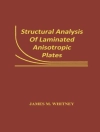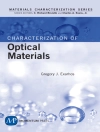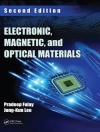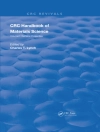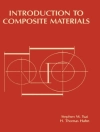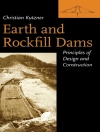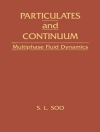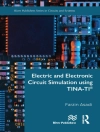Discovered by Edward G. Acheson about 1890, silicon carbide is one of the oldest materials and also a new material. It occurs naturally in meteorites, but in very small amounts and is not in a useable state as an industrial material. For industrial require- ments, large amounts of silicon carbide must be synthesized by solid state reactions at high temperatures. Silicon carbide has been used for grinding and as an abrasive material since its discovery. During World War II, silicon carbide was used as a heating element; however, it was difficult to obtain high density sintered silicon carbide bodies. In 1974, S. Prochazka reported that the addition of small amounts of boron compounds and carbide were effective in the sintering process to obtain high density. It was then possible to produce high density sintered bodies by pressureless sintering methods in ordinary atmosphere. Since this development, silicon carbide has received great attention as one of the high temperature structural ceramic materials. Since the 1970s, many research papers have appeared which report studies of silicon carbide and silicon nitride for structural ceramics.
Y. Inomata & S. Somiya
Silicon Carbide Ceramics-1 [PDF ebook]
Fundamental and Solid Reaction
Silicon Carbide Ceramics-1 [PDF ebook]
Fundamental and Solid Reaction
Acquista questo ebook e ricevine 1 in più GRATIS!
Lingua Inglese ● Formato PDF ● ISBN 9789401138420 ● Editore Y. Inomata & S. Somiya ● Casa editrice Springer Netherlands ● Pubblicato 2012 ● Scaricabile 3 volte ● Moneta EUR ● ID 4705701 ● Protezione dalla copia Adobe DRM
Richiede un lettore di ebook compatibile con DRM


